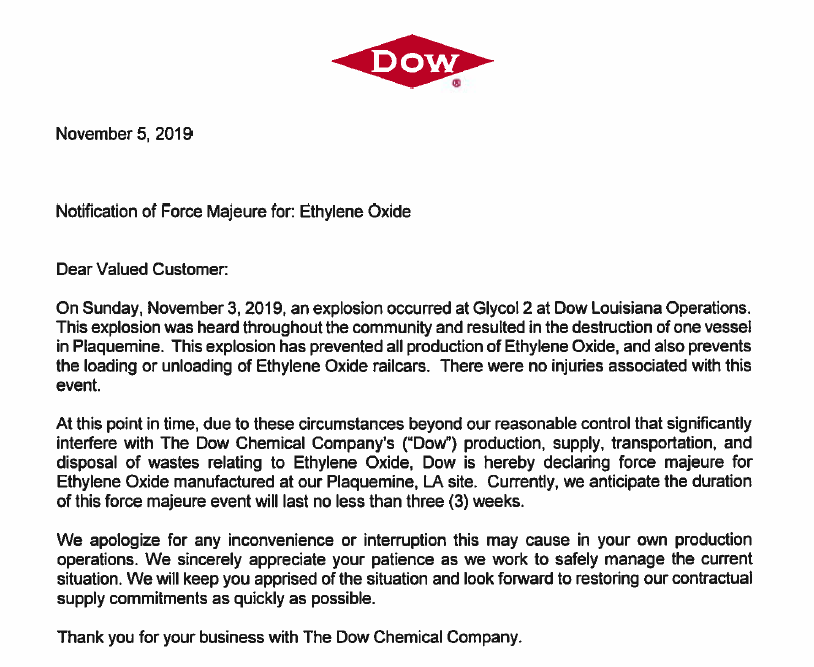This means you turn over your entire amount of inventory a little over 17 times each year. To figure out how many days you have inventory on hand, you just need to divide that number by 365. In doing so, you will discover that your average product is on the shelf for less than one day. Business owners who discover that their turnover needs some improvement might need to make some tweaks to their approach, such as lowering prices or changing products.
- Since the inventory turnover ratio represents the number of times that a company clears out its entire inventory balance across a defined period, higher turnover ratios are preferred.
- For fiscal year 2022, Walmart Inc. (WMT) reported cost of sales of $429 billion and year-end inventory of $56.5 billion, up from $44.9 billion a year earlier.
- Companies should look for a higher inventory turnover ratio that balances having enough inventory in stock while replenishing it often.
- A more refined measurement is to exclude direct labor and overhead from the annual cost of goods sold in the numerator of the formula, thereby concentrating attention on just the cost of materials.
- While the formula looks simple, there are a few important details you need to know about when determining the values for the cost of goods sold (COGS) and inventory for this formula.
- The inventory turnover ratio is a simple method to find out how often a company turns over its inventory during a specific length of time.
Now that we have understood the inventory turnover ratio formula, let’s calculate it by considering an example. Inventory turnover ratio is an accounting ratio that establishes a relationship between the revenue cost, more commonly known as the cost of goods sold and average inventory carried during the period. Since supply chain professionals use this metric to measure how well they manage inventory, their interest lies in the speed at which product is shipped out to customers. That means their focus is on unit quantities and not selling price. The time it takes a company to sell through its supply can vary greatly by industry.
Inventory Turnover Formula
Companies are aiming to keep their days in inventory figures low. If the figure is high, it will generally be an indicator of the fact that the company is encountering problems selling its inventory. Advertising and marketing efforts are another great way to boost your inventory turnover ratio.
You don’t want to use annual sales to find the ratio for one company while using the cost of goods sold for another. We believe everyone should be able to make financial decisions with confidence. Average inventory does not have to be computed on a yearly basis; it may be calculated on a monthly or quarterly basis, depending on the specific analysis required to assess the inventory account.
Inventory Turnover Period
This showed that Walmart turned over its inventory every 42 days on average during the year. For those investing existential questions, you better check the discounted cash flow calculator, which can help you find out what is precisely the proper (fair) value of a stock. The following two companies develop and sell semiconductor chips for diverse applications like phones, cars, and computers.
DICK’S Sporting Goods Reports Third Quarter Results; Raises Full … – PR Newswire
DICK’S Sporting Goods Reports Third Quarter Results; Raises Full ….
Posted: Tue, 21 Nov 2023 12:00:00 GMT [source]
That helps balance the need to have items in stock while not reordering too often. As you can see, you can make specific business decisions to move the products more efficiently. You can put them on sale, order more contemporary products and lower the inventory you carry so that you aren’t waiting on sales and have your cash flow hampered.
How to Calculate Inventory Turnover Rate: Steps & Formula
This gives you an idea of how well you’re managing each of these two categories of inventory. Suppose you go to your company accountant and ask them for details on the COGS calculation. They show you the values in the column called, “From Accounting.” This is a list of general ledger account numbers that are part of the company’s overall COGS which is reported on its financial statements.
- Knowing how often you need to replenish inventory, you can plan orders or manufacturing lead times accordingly.
- Considering the above example, our revenue from operations is Rs. 1,20,000 and the gross profit is Rs. 20,000 (Rs. 1,20,000 -1,00,000).
- This leaves us with the following COGS for our inventory turns formula.
- The inventory turnover ratio is calculated by dividing the cost of goods sold for a period by the average inventory for that period.
- A company can then divide the days in the period by the inventory turnover formula to calculate the days it takes to sell the inventory on hand.
- The turnover rate is important for businesses because it gives them an idea of how quickly they are selling their inventory and how efficiently they are using their resources.
- The following two companies develop and sell semiconductor chips for diverse applications like phones, cars, and computers.
Income ratio is a metric used to measure the ability of a technology to recover the investment costs through savings achieved from customer utility bill cost reduction. The ratio divides the “savings” by the “investment”; an SIR score above 1 indicates that a household can recover the investment. Suppose a retail company has the following income statement and balance sheet data. However, if a company’s inventory has an abnormally high turnover, it could also be a sign that management is ordering inadequate inventory as opposed to managing inventory well.
Inventory Turnover Ratio: Definition, Formula and How to Calculate
Inventory turnover measures how often a company replaces inventory relative to its cost of sales. Of course, you do not need to memorize these formulas like in school because you have our beloved Omni inventory turnover calculator on your left. On the Accounting side, we consider inventory as a current asset recorded on the balance sheet. It has a high degree of liquidity, meaning that we expect it to be converted into cash in a short period of time (less than one year). Considering the above example, our revenue from operations is Rs. 1,20,000 and the gross profit is Rs. 20,000 (Rs. 1,20,000 -1,00,000). Here, 1,00,000 (revenue – gross profit) is nothing but the cost of goods sold derived by unloading the profit margin from the sales.
- For broader industry categories, using an advanced stock screener or other research tools should give you what you need.
- The inventory turnover ratio is closely tied to the days inventory outstanding (DIO) metric, which measures the number of days needed by a company to sell off its inventory in its entirety.
- For instance, a company might purchase a large quantity of merchandise January 1 and sell that for the rest of the year.
- A high inventory turnover ratio, on the other hand, suggests strong sales.
- While high inventory turnover can mean high sales volumes, it can also mean that you’re not keeping enough inventory in stock to meet demand.
In other words, Danny does not have very good inventory control. It’s also important to use the right numbers to calculate the cost of goods sold. Be careful not to include any expenses that aren’t directly related which of the following factors are used in calculating a companys inventory turnover? to the sale of merchandise, such as shipping costs or sales taxes. The inventory turns formula for finished goods is the same as the one we’ve used so far, namely, cost of goods sold divided by inventory cost.







